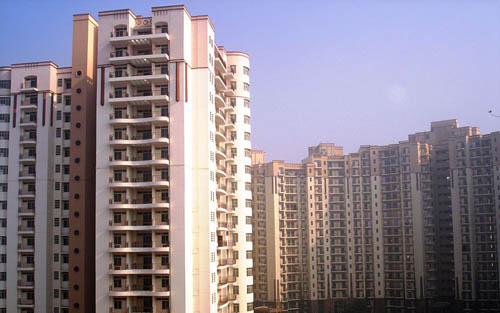 The Associated Chambers of Commerce and Industry of India (ASSOCHAM) has called for a strong and transparent regulator for the real estate sector for an orderly growth as India moves towards becoming the third largest construction market globally by 2020 from the current ninth position.
The Associated Chambers of Commerce and Industry of India (ASSOCHAM) has called for a strong and transparent regulator for the real estate sector for an orderly growth as India moves towards becoming the third largest construction market globally by 2020 from the current ninth position.
The regulator may consider setting up a public portal for real time project monitoring of various projects on the basis of clear and well publicised benchmarks, it said as the government prepares to introduce The Real Estate (Regulation and Development) Bill in forthcoming monsoon session of Parliament to protect consumer interests against dubious operators.
Industry body said that this will help buyers make an informed choice and facilitate comparison based on objective criteria.
Even as the real estate sector is estimated to contribute 9% of GDP, the rapid growth is largely unregulated leading to rampant public complaints about fly by night operators who take advantage of the vulnerability of consumers in a deficit housing market.
DS Rawat Secretary General of ASSOCHAM said that “Project monitoring applications based on cloud computing should be encouraged as the proposed regulator removes redundancies and provides a level-playing field to all stakeholders developers, investors, bankers and consumers.”
He said that a more prosperous India in 2020 will be characterised by a better organised real estate industry which is transparent, efficient yet well regulated and focused on sustainable development. He added that “It will be quite a challenge to keep pace with rising population and rapid urbanisation amid changing demographics.”
The real estate industry’s backward and forward linkages with housing and construction industry and more than 250 ancillary industries including cement, steel and other building materials places it as the epicentre of India’s growth story. Rawat said that “Setting up a regulatory authority and an appellate tribunal will help in organising the industry but only if there are efficient enablers for its progress.” ASSOCHAM also pointed out urban housing shortage of 25 million units, largely for low income households. The interest from private developers and increase in demand for affordable housing segment also provides an opportunity for the government to structure policies in a way so that low cost housing demand gets addressed.





